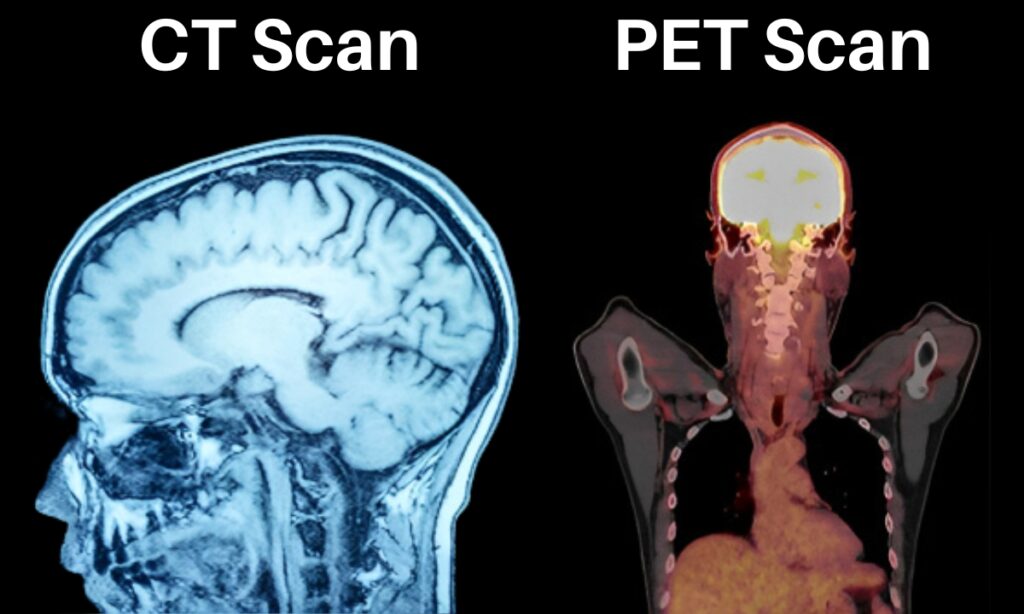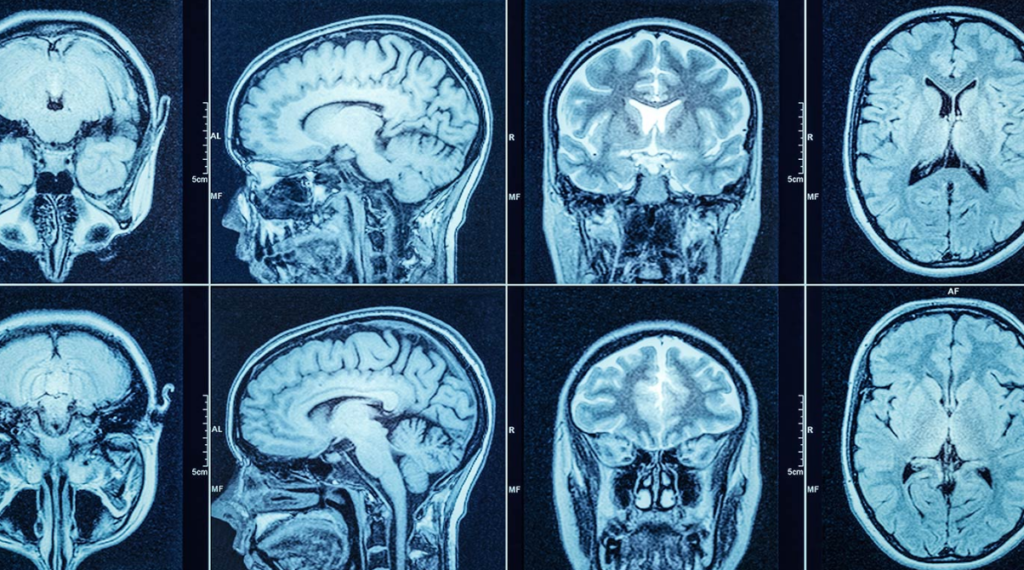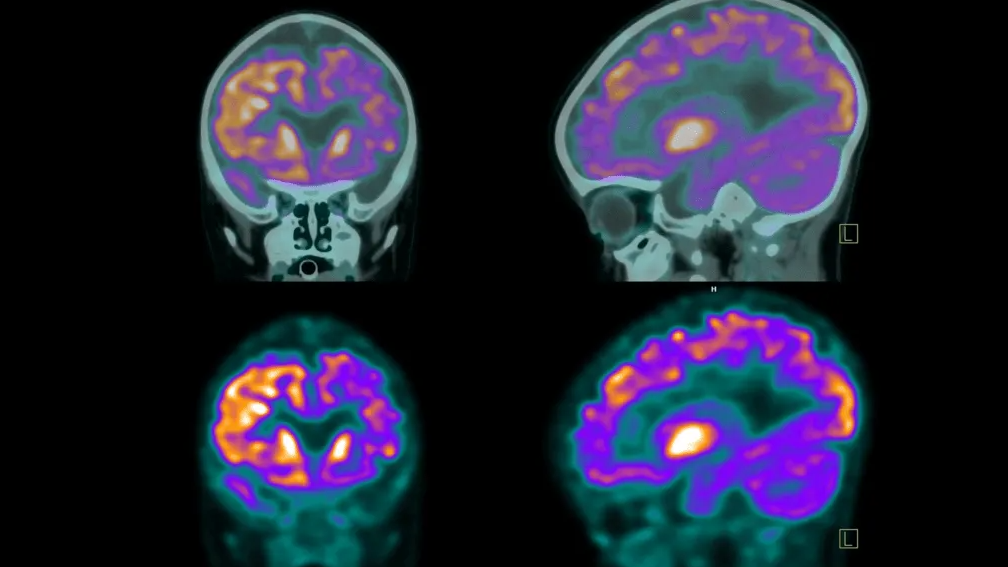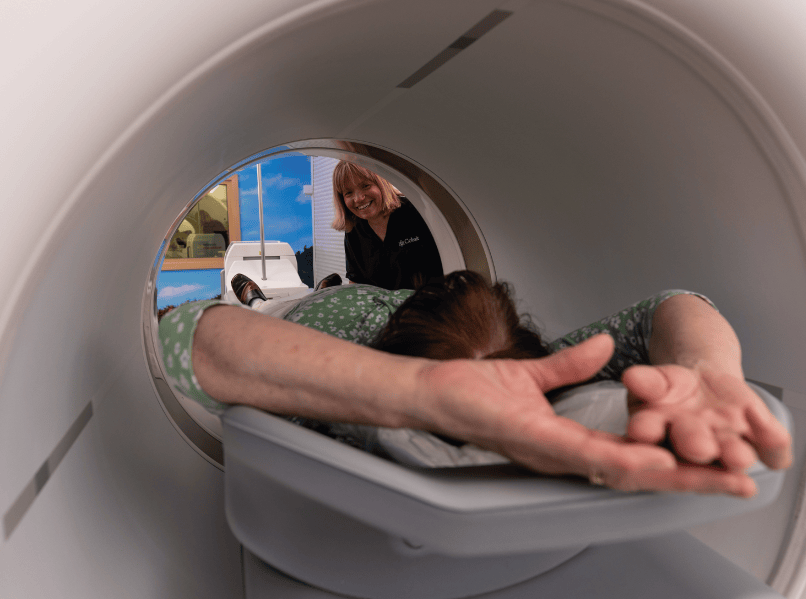Medical imaging plays a vital role in diagnosing and monitoring various health conditions. Among the most widely used imaging techniques are CT (Computed Tomography) scans and PET (Positron Emission Tomography) scans.

While both scans provide detailed internal images, they serve different purposes and rely on distinct technologies. Understanding the CT Scan VS PET Scan difference can help patients and doctors choose the best option for accurate diagnosis and effective treatment planning.
What is a CT Scan?
A CT scan, also known as Computed Tomography, is a specialized imaging technique that uses multiple X-ray beams to create cross-sectional images of the body. This scan provides detailed images of bones, blood vessels, organs, and soft tissues, helping doctors detect structural abnormalities, internal injuries, and diseases.
How Does a CT Scan Work?
A CT scanner consists of a rotating X-ray machine and a computer that processes images. It works in the following steps:
- Patient Preparation – The patient may be asked to remove metal objects and change into a hospital gown. If contrast dye is needed, it is given orally or via injection.
- Positioning on the Table – The patient lies on a motorized table, which moves through the CT scanner.
- X-ray Rotation – The scanner rotates around the body, capturing multiple X-ray images from different angles.
- Image Processing – The computer compiles these X-ray images into detailed cross-sectional slices of the body.
- Completion – The scan is quick, usually taking 5-15 minutes, and the results are available within a few hours.

Purpose of a CT Scan
CT scans are widely used for:
- Diagnosing fractures, internal injuries, and organ damage after accidents or trauma.
- Detecting tumors, cysts, or abnormal growths in the brain, lungs, liver, and kidneys.
- Evaluating lung infections, pneumonia, and blood clots.
- Guiding surgeries, biopsies, and radiation therapy planning.
What is a PET Scan?
A PET scan is an advanced imaging test that evaluates cellular activity and metabolism using a small amount of radioactive tracer. Unlike CT scans, which focus on structural details, PET scans help detect how tissues and organs function, making them especially useful for detecting cancer, neurological disorders, and heart conditions.
How Does a PET Scan Work?
A PET scanner detects gamma rays emitted by the radioactive tracer injected into the patient’s body. The process includes:
- Tracer Injection – A radioactive substance (FDG – Fluorodeoxyglucose) is injected into the bloodstream. This substance accumulates in active tissues.
- Absorption Time – The patient rests for 30-60 minutes to allow the tracer to reach the target organs.
- Image Capturing – The PET scanner detects gamma rays emitted from the tracer and generates 3D images of metabolic activity.
- Completion – The scan takes 30-90 minutes, and results are usually available within a few days.

Purpose of a PET Scan
PET scans are mainly used for:
- Cancer detection – Identifies malignant tumors, monitors their spread, and assesses treatment response.
- Neurological disorders – Diagnoses Alzheimer’s disease, epilepsy, and Parkinson’s disease by assessing brain function.
- Cardiac evaluations determine heart muscle activity and detect reduced blood flow in coronary artery disease.
Differences Between CT Scan and PET Scan
| Feature | CT Scan | PET Scan |
| Technology Used | X-ray beams | Radioactive tracer with gamma rays |
| Purpose | Structural imaging | Functional and metabolic imaging |
| Best For | Bones, organs, injuries, tumors | Cancer, neurological disorders, heart function |
| Radiation Exposure | Moderate | Higher due to radioactive tracer |
| Procedure Time | 5-15 minutes | 30-90 minutes |
| Use of Contrast | Sometimes | Always (tracer injection) |
| Cost Range | ₹3,000 – ₹10,000 | ₹15,000 – ₹40,000 |
| Availability | Widely available in hospitals and diagnostic centers | Found in specialized centers |
Cost Comparison of CT Scan vs. PET Scan
The cost of medical scans depends on factors such as location, hospital, and additional contrast or tracer requirements.
CT Scan Cost in India
- Basic CT Scan: ₹3,000 – ₹6,000
- CT Scan with Contrast: ₹6,000 – ₹10,000
- High-Resolution CT (HRCT): ₹8,000 – ₹12,000
We recently did an article where we compared government vs private hospital CT Scan pricing & service.
PET Scan Cost in India
- Whole-Body PET Scan: ₹15,000 – ₹25,000
- PET-CT Scan (Combination of Both): ₹20,000 – ₹40,000
- Brain PET Scan: ₹18,000 – ₹30,000
Since PET scans involve radioactive tracers and specialized technology, they are more expensive than CT scans. Many insurance policies cover PET scans if they are medically necessary.
What Each Scan Detects?
Findings from a CT Scan
- Bone fractures, joint damage, and arthritis.
- Lung infections, pneumonia, and blood clots.
- Tumor size, shape, and location.
- Internal injuries from accidents or trauma.
- Abnormal organ growths or fluid buildup.

Findings from a PET Scan
- Cancerous tumors and their spread.
- Brain function in Alzheimer’s, epilepsy, and dementia.
- Heart muscle function and reduced blood flow.
- Tumor response to treatment.
- Abnormal metabolic activity in tissues.
CT scans focus on structural details, while PET scans highlight how tissues function.
Which Scan is Right for You?
- CT Scan: Ideal for diagnosing injuries, infections, tumors, and organ abnormalities with quick results.
- PET Scan: Best for detecting cancer, neurological diseases, and heart conditions by analyzing cell activity.
- PET-CT Scan: Combines both techniques for a detailed structural and functional assessment in a single test.
Doctors determine which scan is needed based on symptoms, medical history, and the condition being investigated.
Frequently Asked Questions
Which scan is better for cancer detection, CT or PET?
PET scans detect metabolic activity in cancer cells, while CT scans show tumor size and location. PET-CT scans provide the most accurate diagnosis.
Is there radiation exposure in CT and PET scans?
Yes, both scans use radiation. CT scans use X-rays, while PET scans involve radioactive tracers that emit gamma rays to capture cellular activity.

How long does a CT or PET scan take?
CT scans take 5-15 minutes, while PET scans take 30-90 minutes because the radioactive tracer must circulate before imaging.
Do CT and PET scans have any risks or side effects?
Both are safe, but contrast dyes (CT) and radioactive tracers (PET) can cause minor side effects like nausea, dizziness, or mild allergic reactions.
Why are PET scans more expensive than CT scans?
PET scans require specialized radioactive tracers, high-tech scanners, and longer processing times, making them costlier than standard X-ray-based CT scans.
Takeaway
CT and PET scans play distinct roles in medical imaging. CT scans provide clear structural images to detect injuries, infections, and tumors, while PET scans analyze cellular activity, making them ideal for detecting cancer, neurological diseases, and heart conditions.
Choosing the right scan depends on medical necessity, symptoms, and doctor’s recommendation. While CT scans are widely available and affordable, PET scans offer more detailed functional analysis, especially in oncology and neurology.
Understanding their differences ensures informed decision-making for better health outcomes.
